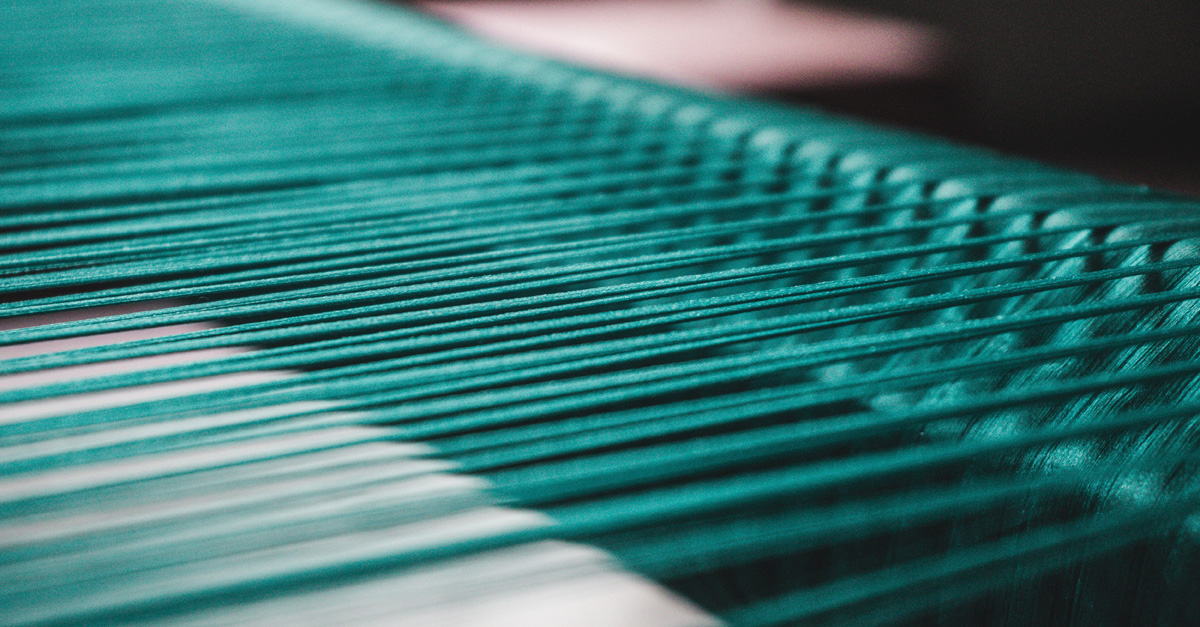
Textile industry innovations for sustainability
Published by Admin on
Sep 13, 2021 11:06:30 AM
The new technology making fabrics kinder to the planet.
Have you ever contemplated how many textiles are in your life? From the clothes you wear to the upholstery on your furniture, the mattress you sleep on and even the towels in your bathroom. If you’re in a fabric-related industry, fabric samples or leftover cloth also contribute to the textile count in your life.
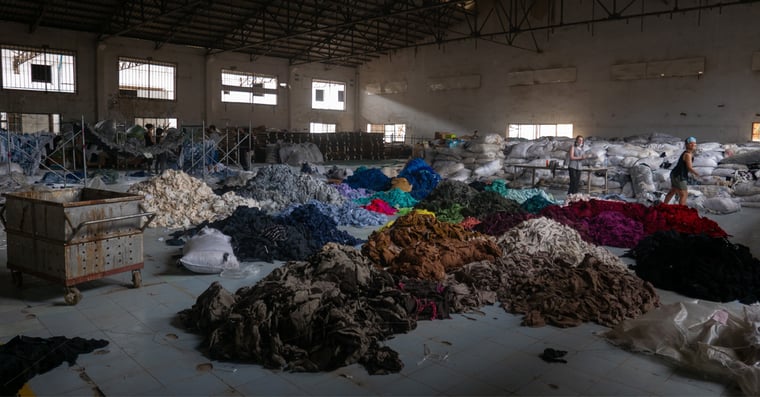 Textiles certainly make life a little softer and more comfortable but, the industry has a big impact on the environment. It’s well documented that textiles have a heavy water consumption, contribute to greenhouse gas commissions and yet 85% of all textiles end up in landfills each year. What’s worse is that the world is expected to discard more than 134 million tons of textiles each year by 2030. For the health of our planet and its citizens, this cannot continue and the textile industry is working hard to improve its sustainability.
Textiles certainly make life a little softer and more comfortable but, the industry has a big impact on the environment. It’s well documented that textiles have a heavy water consumption, contribute to greenhouse gas commissions and yet 85% of all textiles end up in landfills each year. What’s worse is that the world is expected to discard more than 134 million tons of textiles each year by 2030. For the health of our planet and its citizens, this cannot continue and the textile industry is working hard to improve its sustainability.
“The greatest threat to our planet is the belief that someone else will save it.”
- Robert Swan
With so much data, so much innovation and so much technology at our disposal, it makes perfect sense that cool new solutions are emerging that not only prepare the textile industry for a tech-focused future, but also reduce its environmental impact. Here are some of the most exciting innovations that also improve sustainability:
Alternative Fibres
Natural fibres are beautiful but the textiles we know and love are also resource-intensive. On the flip side, synthetic fibres degrade slowly and some contain chemicals that aren’t very environmentally friendly. So, what’s the solution? Alternative fibres.
Some alternative fibres for textiles include:
- Plant or fruit “leathers” - much more sustainable than traditional leather, these are made from agricultural waste, specifically pineapple leaves. (Check out this FibreGuard article on upholstery choices for sofas, including vegan leather)
- Hemp fibres
- Banana tree bark
- Coffee grounds - a new technology where coffee grounds are combined with polymer to create yarn
Alternative fibres not only reduce waste but the production of yarns use less water and the resulting fabrics are more biodegradable. Although not used at industrial scale yet, the growing popularity of these alternative textiles shows great promise for these new fabrics to form part of mainstream production.

3D Printed Textiles
From prosthetics to a wagyu beef steak, there’s no shortage of things being 3D printed to push the limits of the technology. No surprise then that 3D printed textiles are an emerging innovation.
The benefit of 3D printing textiles is that there is no raw material waste. Exact panels can be printed using only enough as is needed. A 3D printer can also eliminate labour-intensive processes to reduce labour costs with faster production. Another benefit is textiles being made from unique raw materials, like leftover polymer filament intended for other products to algae (yes, you read that right!).
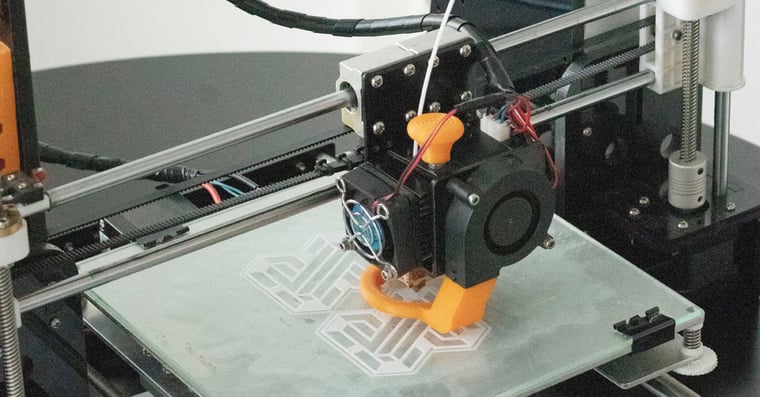
Digital Printing On Textiles
A great print on a piece of upholstery or drapery looks wonderful but little thought is given to how that colourful design is put onto the fabric. Traditional printing methods use a lot of ink and water, yielding effluent that can cause harm to the natural environment.
Digital printing delivers the same vibrant, crisp colourful result but with far less waste. The process does not create much effluent as the finishing post-print is a mostly dry process. Another clear advantage is the fact that the inks for the digital process are often water-based, therefore, much safer for the environment.
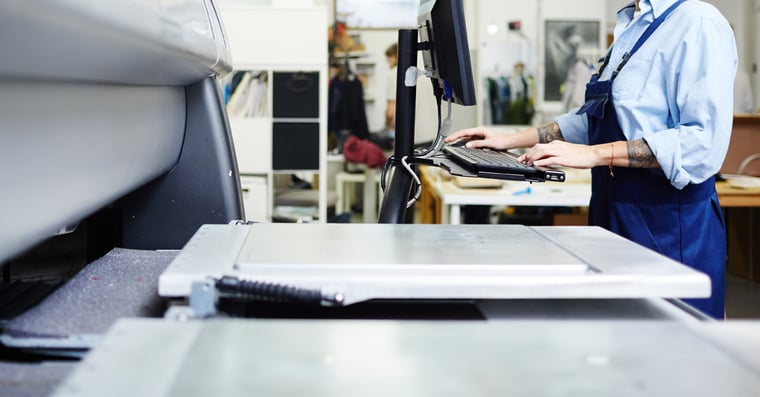 Virtual Sampling
Virtual Sampling
It’s understandable that people want to see fabrics, touch it and see how it drapes on a potential piece of furniture before making a purchase. But, consider how much fabric is required in a sample book and then how many sample books exist in businesses around the world.
Samples are an often forgotten source of fabric waste. They’re also pretty intensive to make and frankly cumbersome to lug around or store. The solution is to put your fabric samples on your smart devices.
Virtual or digital sampling has been perfected by Twinbru. Our digital fabric textures show the true characteristics of physical fabrics, including colour, pattern and texture. These give a realistic representation of the fabric on screen and the digital sample also has further applications with the ability to be used in 3D models of furniture pieces or room scenes.

What’s more is that Twinbru’s vast library of digital fabric textures are of market ready fabrics with a fully automated supply chain behind them. If you like a fabric, it can be ordered and our automated warehouse system will ensure it’s in your hands far quicker than you could imagine.
They can also reduce carbon footprint as samples don’t need to be shipped from location to location and the production of sample books is drastically reduced. Easier to access, easier to view, easier to share and easier to purchase, Twinbru’s digital fabric twins are changing textile samples for the better.
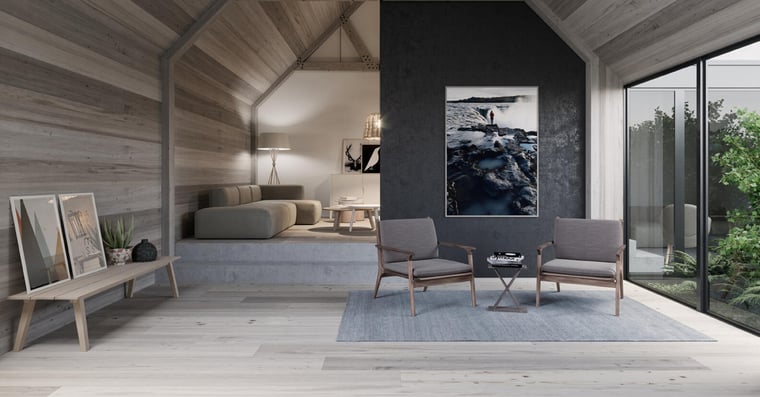
The Power Of Innovation
The textile industry was one of the first sectors to embrace the industrial revolution and, because of its important role in the global economy, environment and everyday life, it’s critical that the industry continues to champion innovation.
Innovation helps businesses build better services, discover new opportunities, supports differentiation for a competitive advantage and can be a catalyst for growth. In the context of sustainability within the textile industry, new technology offers solutions that not only reduces environmental impact but can also offer other advantages to businesses such as growth and alternative operating models for great efficiency.
Sustainability across an entire industry protects our natural resources, protects people, can lead to cost-savings for businesses and their customers along with building deeper, more meaningful relationships between businesses and consumers.

Tech-ing It Forward
Just as technology can contribute to business longevity, it can do the same for the planet. Twinbru offers a solution that is not only effective, it is also user-friendly and easy to integrate into your existing business system.
Connect with us to discover how digital fabric twins can enhance your enterprise.